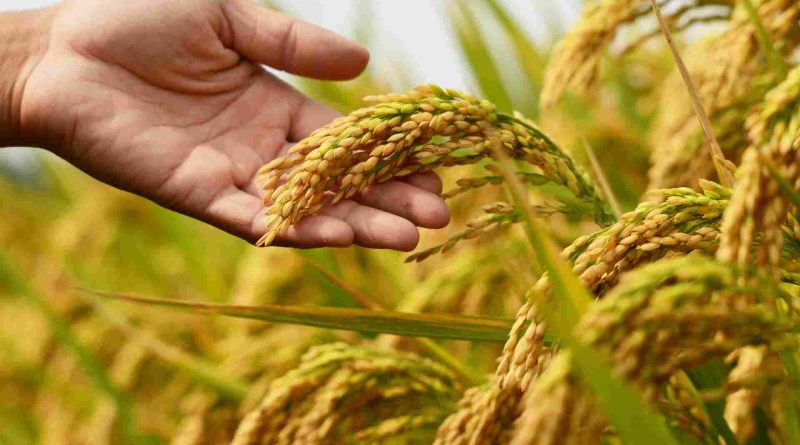Introducing three novel variations of basmati rice by IARI
In the fiscal year 2021-22, India achieved a milestone by exporting 3.9 million tonnes of Basmati rice, valuing at $3.54 billion. The primary recipients of these shipments, constituting over 81% of India’s export volume, were Iran, Saudi Arabia, Iraq, the United Arab Emirates, the US, Yemen, Kuwait, the UK, Oman, and Qatar.
To invigorate export opportunities and curtail pesticide dependency, the Indian Agricultural Research Institute (IARI) has proactively dispersed seeds of three groundbreaking basmati rice varieties during this kharif season. These varieties boast inherent resistance to bacterial blight and blast diseases.
Located in Pusa, Delhi, IARI, an institution affiliated with the Indian Council for Agricultural Research, has distributed seeds of improved PB1847, PB1885, and PB1886 rice cultivars to farmers. These varieties, integrated with two genes for enhanced resistance, aim to mitigate the adverse impacts of bacterial blight and blast diseases on crop yields.
According to AK Singh, the director of IARI, these three variants are poised to gradually supplant the prevailing basmati rice cultivars PB1121, PB1509, and PB6, which currently dominate more than 90% of the approximately 2 million hectares dedicated to aromatic and long-grain rice cultivation.
Singh remarked, “The existing key varieties have gradually developed resistance to bacterial blight and blast diseases, necessitating excessive pesticide application by farmers. Consequently, there has been a surge in export rejections due to pesticide residue.”
Field trials conducted at select farmers’ plots last year yielded promising results. Subsequently, seeds of the new varieties have been disseminated to farmers for further multiplication during this kharif season, primarily in key cultivation areas of Punjab, Haryana, and western Uttar Pradesh.
Scientists argue that the prevalent practice of using antibiotics and fungicides for managing bacterial blight and blast diseases is unsustainable. Instances of basmati rice consignments being rejected by importing nations due to pesticide residue contamination highlight the urgency for sustainable farming practices.
While the high-yielding PB1121 and the quick-maturing PB1509 varieties have dominated India’s basmati rice exports, accounting for 70% of the total, the introduction of these new varieties is expected to significantly reduce pesticide usage and enhance rice quality.
Vijay Setia, former president of the All India Rice Exporters Association, expressed optimism, stating, “The newly-introduced basmati rice variants hold the potential to substantially decrease pesticide consumption while elevating rice quality.”
In collaboration with the Agricultural and Processed Food Products Development Authority, basmati rice exporters have initiated outreach programs to educate farmers on optimizing pesticide usage.
Between 2010 and 2019, an analysis by IARI revealed that the export earnings attributed to PB1121 and PB1509 rice varieties amounted to ₹1.66 trillion, with domestic sales reaching ₹51,501 crore in the same period.
After factoring in production costs, the assessment by IARI indicates that an estimated 1 million farmers in Punjab, Haryana, Himachal Pradesh, Uttarakhand, parts of Uttar Pradesh, and Jammu & Kashmir have collectively earned ₹1.34 trillion from the cultivation of two varieties of aromatic and long-grained rice.
India commands an 85% share in the global trade of basmati rice, with Pakistan holding the remainder.

